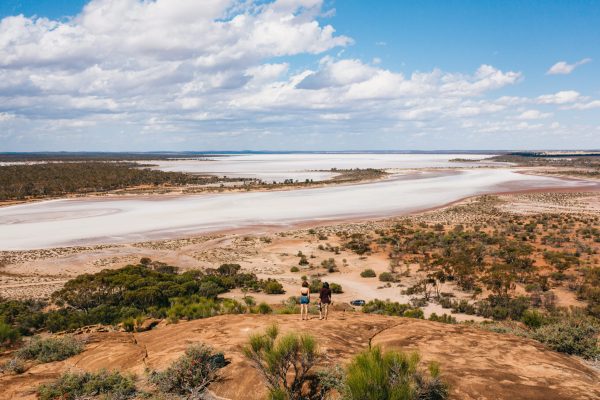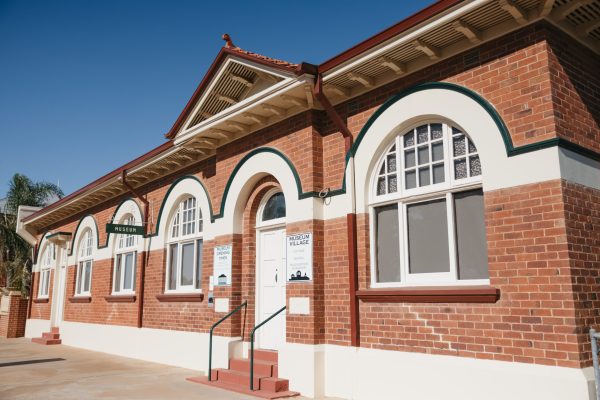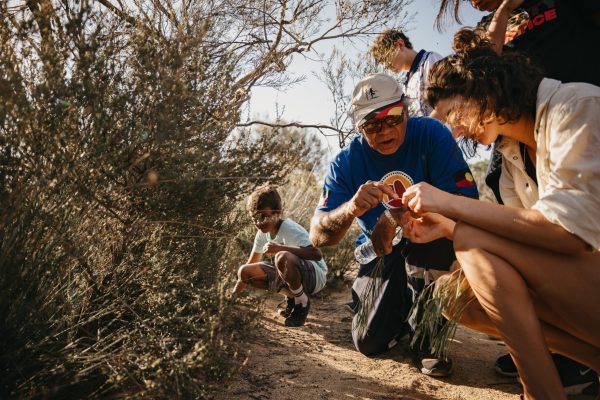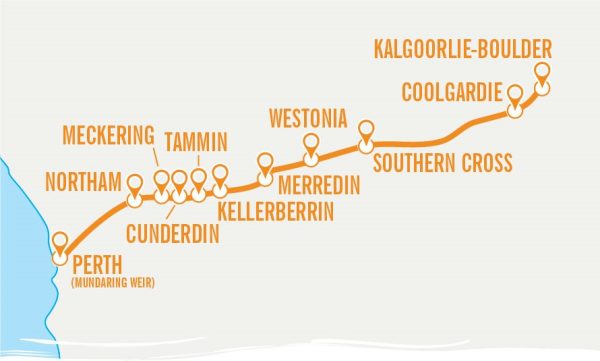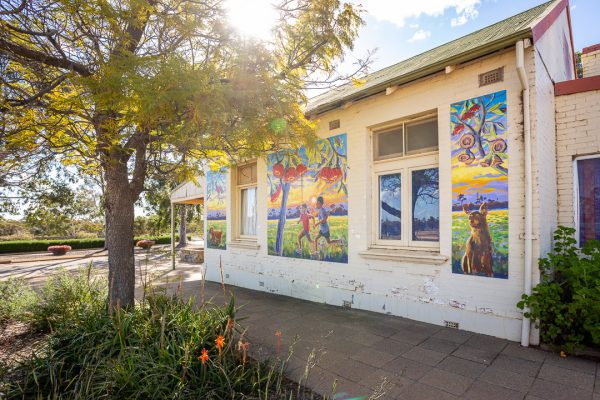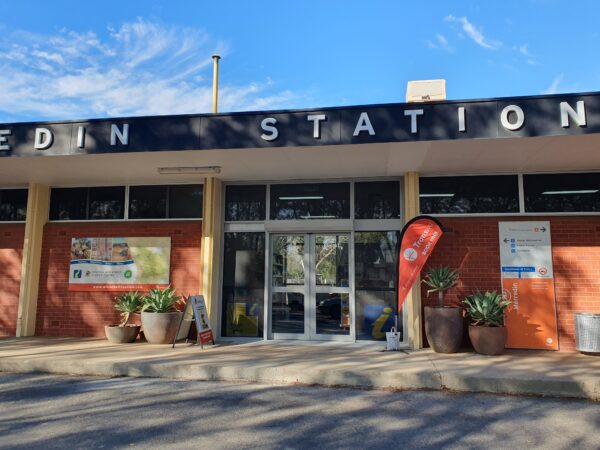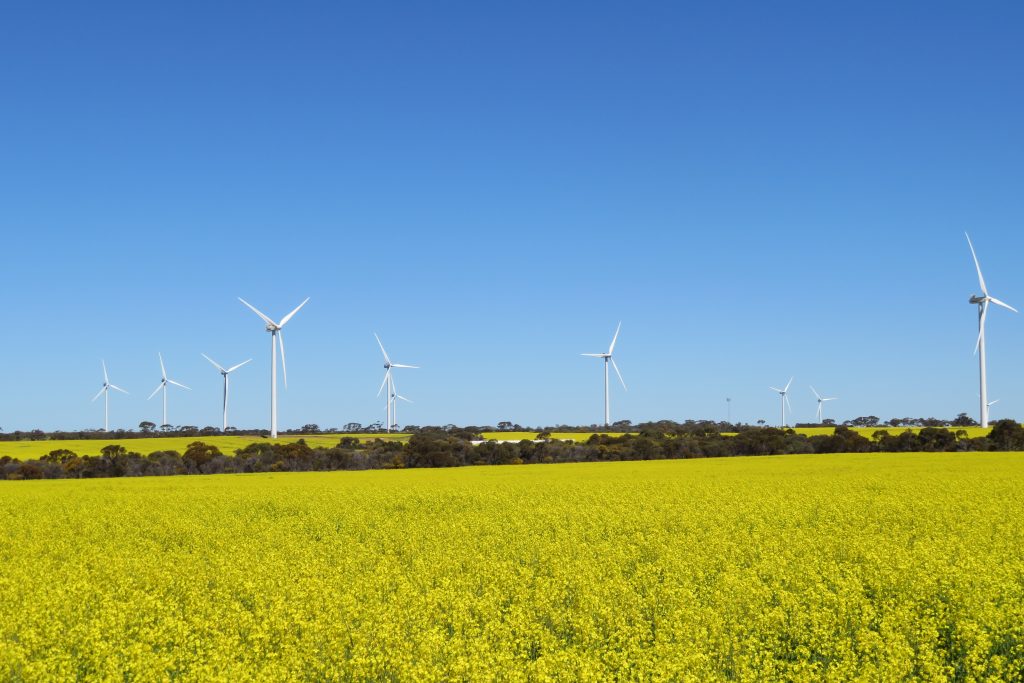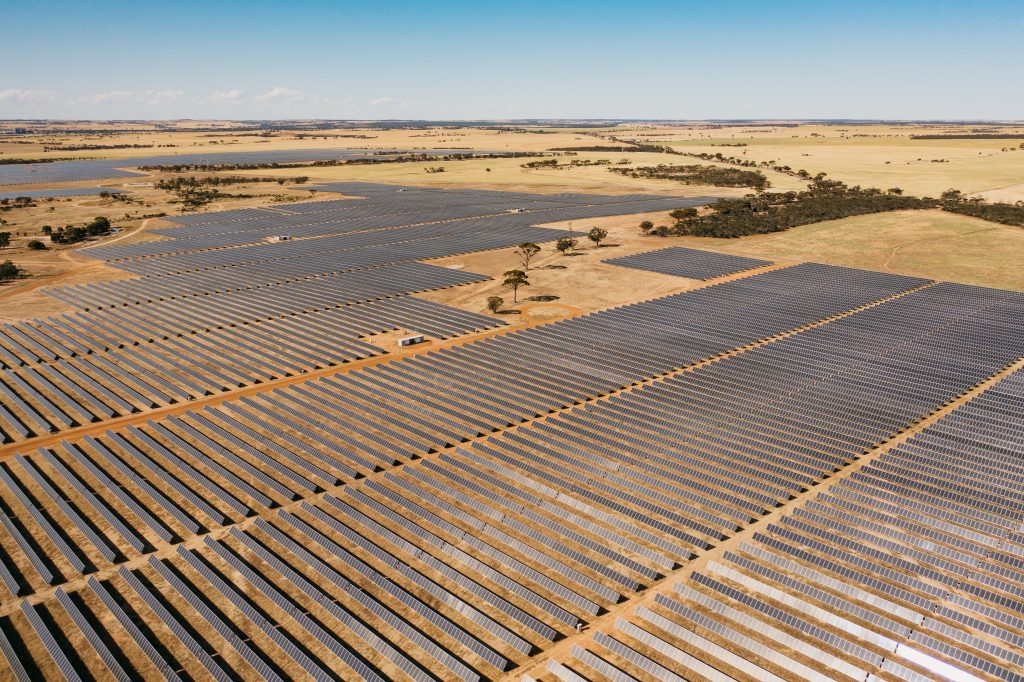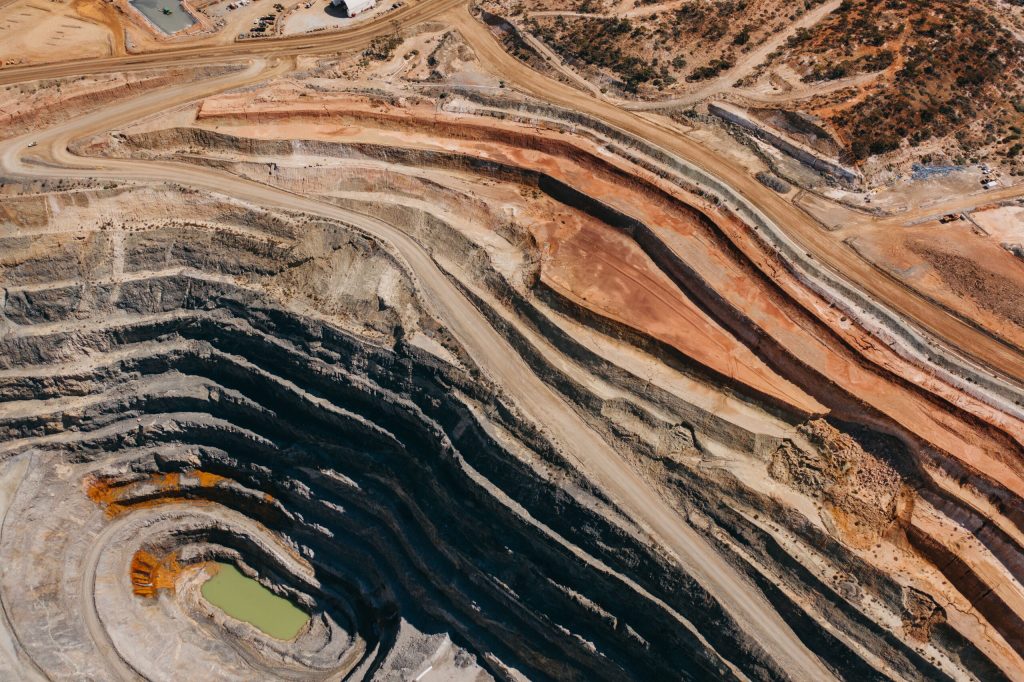Travel through open farmland vistas that change with the grain growing seasons.
Yellow fields of canola and green fields of wheat, oats or barley in winter and spring give way to the golden hues of early summer and the patchwork quilt of ploughed fields in the autumn. You will see that the Wheatbelt’s primary enterprise is the growing and transport of grain.
Broad acre dry land farming is the backbone of the Central Wheatbelt. The CBH Grain Storage and Transfer Depot at Merredin is capable of storing up to 860,000 tonnes of grain while most towns have wheat silos and horizontal storage infrastructure.
Research into wheat varieties, agronomy, and agricultural pests and diseases is a continuing process. The 100-year-old Dryland Research Institute at Merredin operated by department of Primary Industries and Regional Development, is the major agricultural research organisation in the region.
The region holds many heritage sites and museums that illustrate the evolution of the grain industry, the machinery used and the dedication of generations of farmers and railway workers in establishing the efficient industry there is today.
A drive through the industrial areas of Merredin and other country towns will illustrate the supply industries that rely on the growing of grain. These include silo manufacturing, fabrication, machinery sales and servicing, chemical and fertiliser supply, and seed cleaning.
One of the largest machinery field days in the State, The Dowerin Machinery Field Days is held in August each year.



